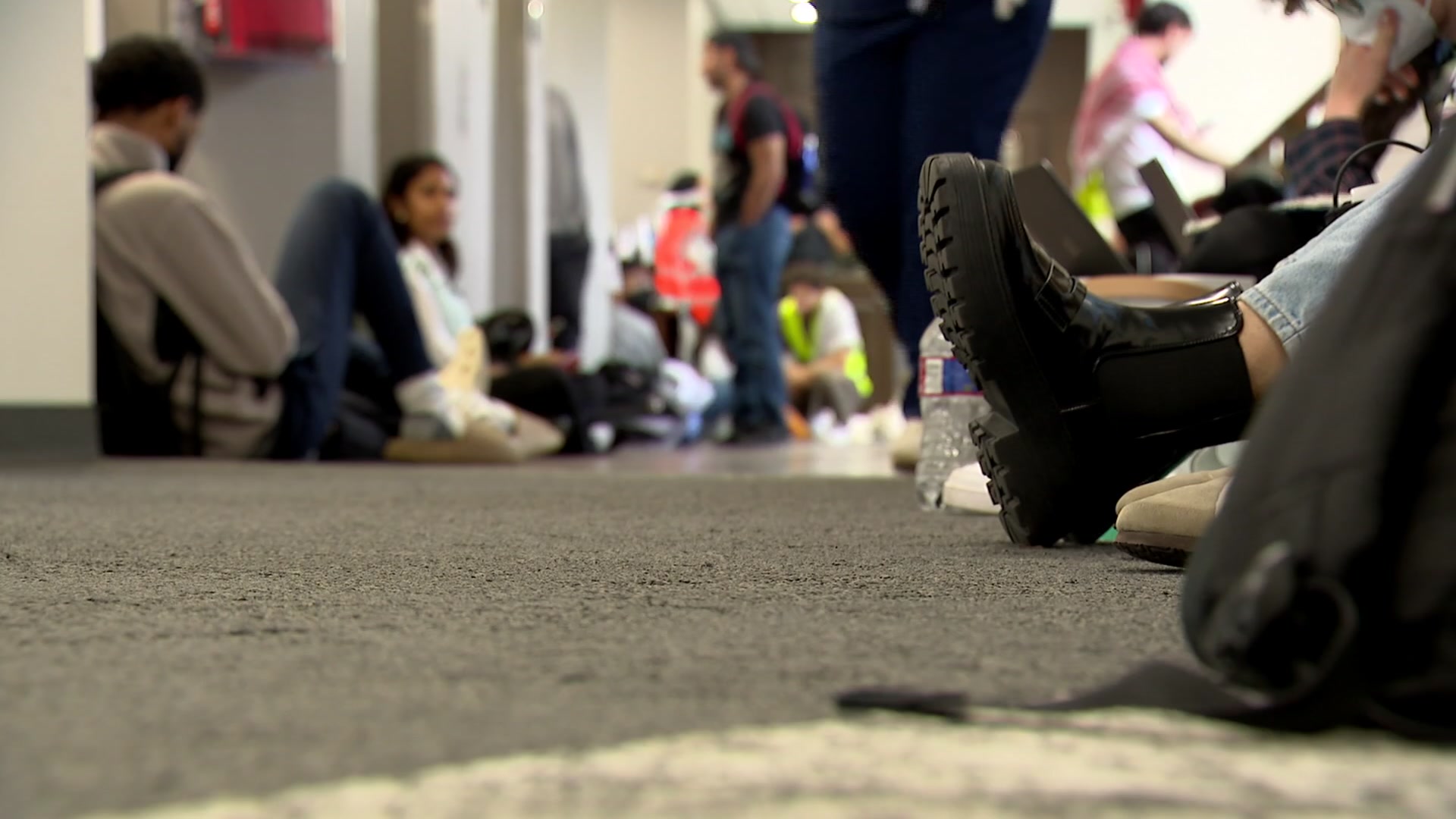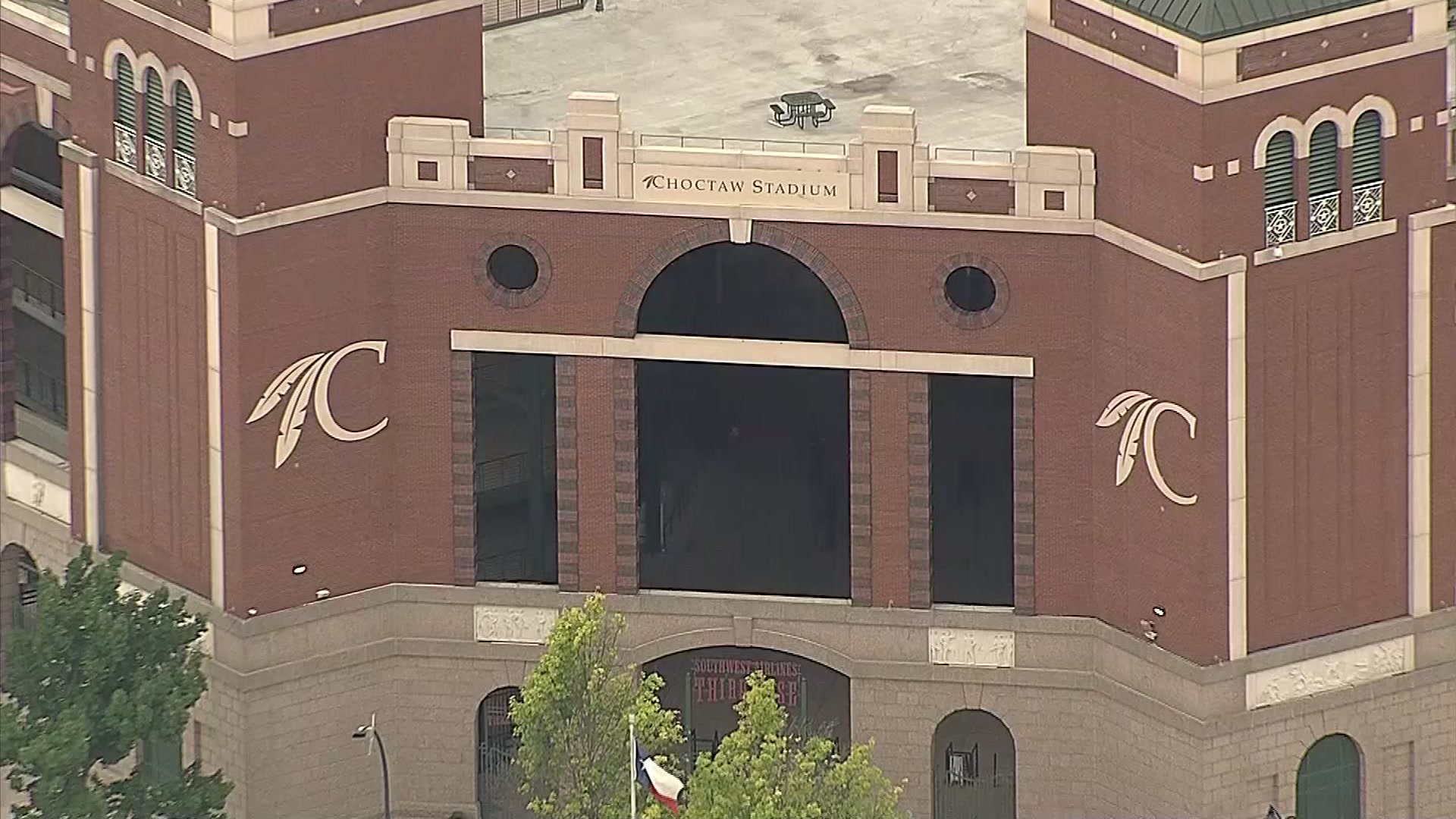The original copy of the Texas Declaration of Independence, the document that makes Texas special among the nation's states, is getting a new home for a now rare public appearance.
Brittle, fading and suffering the ravages of exposure to light and the acidic nature of the 19th century black iron gall ink bleeding through its likely handmade paper, pages of the document go on display starting this week in the Lorenzo de Zavala State Archives and Library Building in Austin.
The library, across the street from the Texas Capitol, is finishing a $20 million renovation that includes cabinetry specifically designed to exhibit sensitive and aging historic documents such as the declaration and William Barrett Travis' famous letter from the besieged Alamo that pleads for help but promises no surrender.
On March 2, 1836, the first of 59 men to sign the Texas Declaration of Independence from Mexico put their names on the document as they huddled at a convention at Washington on the Brazos, about 80 miles northwest of present-day Houston.
The goal of the declaration -- the founding of the Republic of Texas -- was sealed the following month when the Mexican army under Santa Anna was routed by Texan forces led by Sam Houston at the Battle of San Jacinto.
Texas entered the United States when it was annexed a decade later. "We are the only state that was its own sovereign nation, so it's extremely unique in American history," state archivist Jelain Chubb said. "I think the other unique thing about it is the story of the document and its own survival. How did it survive when we know so many things get lost to history over time?"
What's known is that in addition to the original, there were five authentic handwritten copies, distributed to five major towns in Texas of the time. They've all been lost. Another 1,000 copies were printed and a handful of those still exist.
Local
The latest news from around North Texas.
The original handwritten version somehow ended up in Washington at the U.S. State Department, possibly sent there when Texas was about to be annexed."How did it get here? What did it go through over time? Who handled it? How did they treat it?" Chubb wondered. "Sometimes the documents survive just through benign neglect.
Others because people actually understood what they were and they handled it with care. What we're trying to do is continue that legacy of handling it with care in terms of the best knowledge and resources that we have."
Some accounts indicate someone in the State Department discovered the declaration in a file cabinet and it was returned to Texas after June 1896. "We don't know the documentation," Chubb said. "Some of what we have is very sketchy. "Like all good history, there are mysteries that go along with it that make it more intriguing."
What's known is that it wound up in the care of the now defunct Texas Board of Control, a kind of umbrella organization created in the early 20th century to manage state buildings and grounds among its numerous duties. Records indicate the state archives received it for care in July 1940.
By then, it had been on display in the Capitol building for at least a decade.
"They didn't know the science we do today in terms of how light affects paper and ink," Chubb said. "We know better now. And so we're going to use those practices to make sure this document continues to survive on into the future so 175 years from now your grandchildren's grandchildren will be able to come here and hopefully it will look quite a bit the same."
It will still go on display periodically but only temporarily. The current exhibit likely will run through San Jacinto Day in late April. At the time of the Texas sesquicentennial 25 years ago, the declaration underwent restoration to ease the effects of acidity and reduce the yellowing and brittleness of the paper.."



